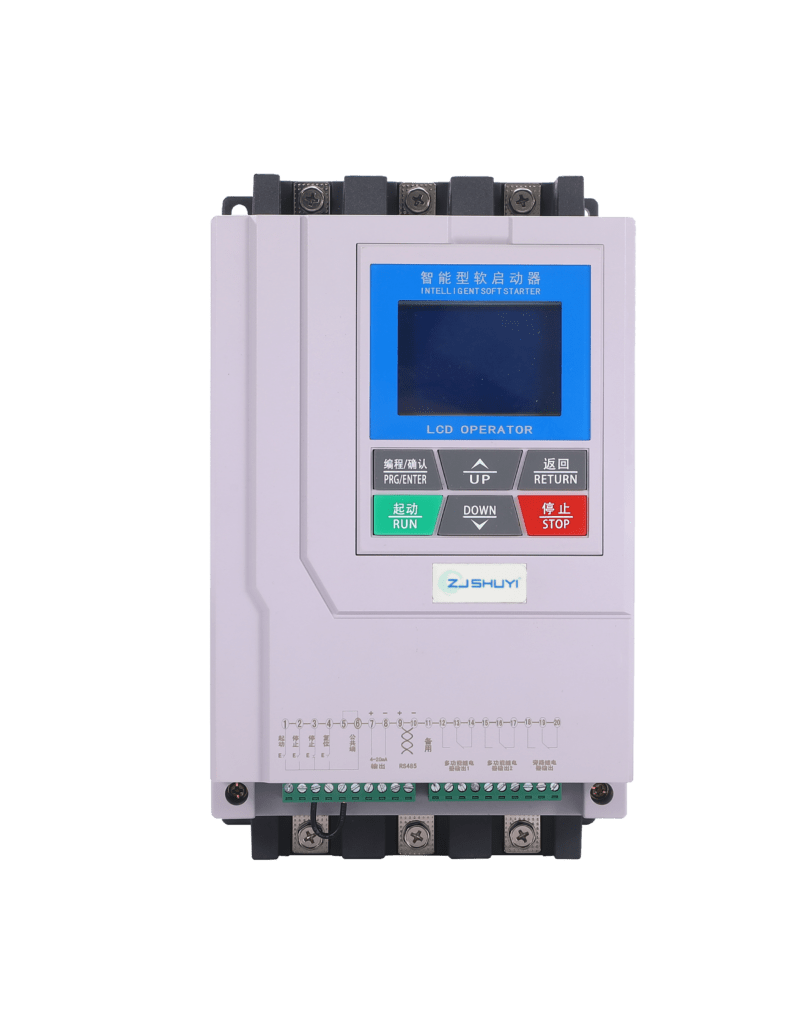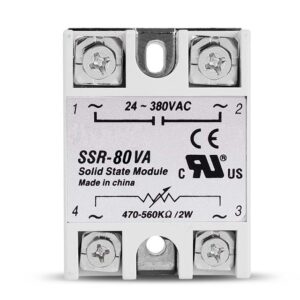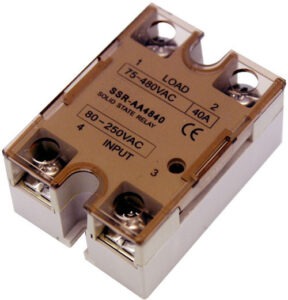Learn how a built-in bypass soft starter works to control AC electric motors. Discover its benefits for industrial applications and smooth motor startup.
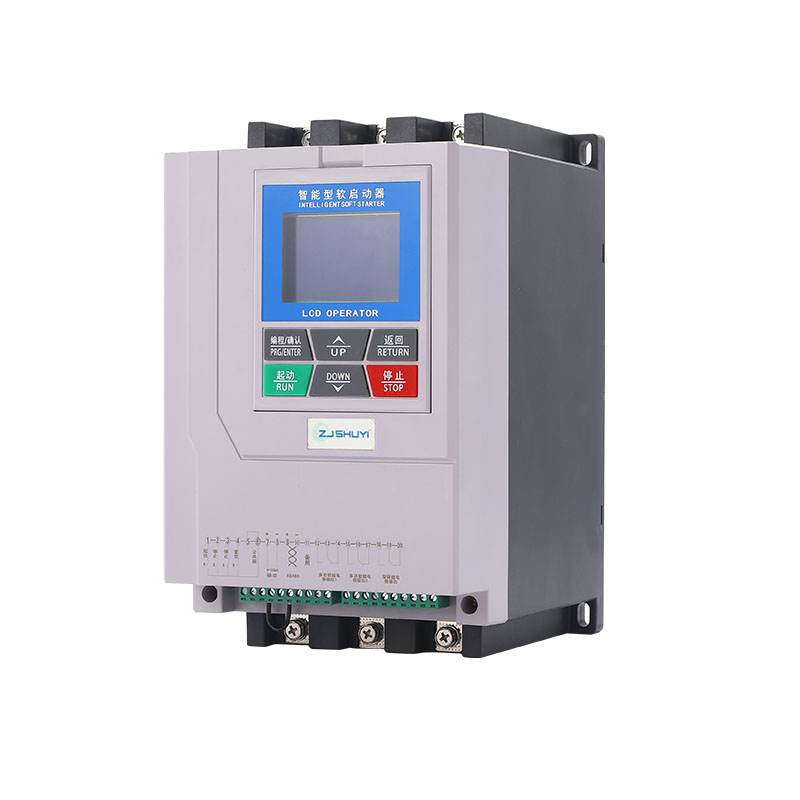
How Does a Built-in Bypass Soft Starter Work?
If you work with industrial motors, you know that startup surges can cause mechanical stress, high inrush currents, and potential damage to equipment. A built-in bypass soft starter offers a smart solution to these challenges. But how does it actually work? In this article, we’ll explain the operating principles of built-in bypass soft starters in plain language, highlight their key features, and explore why they’re essential for modern motor control applications.
What Is a Soft Starter with Bypass?
Let’s start with the basics. A soft starter is an electronic device that controls the voltage applied to an AC electric motor during startup, reducing mechanical stress and inrush current. A built-in bypass soft starter takes this a step further. Once the motor reaches full speed, the soft starter bypasses the power directly to the motor using an internal bypass contactor. This eliminates continuous current flow through the semiconductor components, reducing heat generation and improving energy efficiency. The result? A smoother, more reliable motor operation.
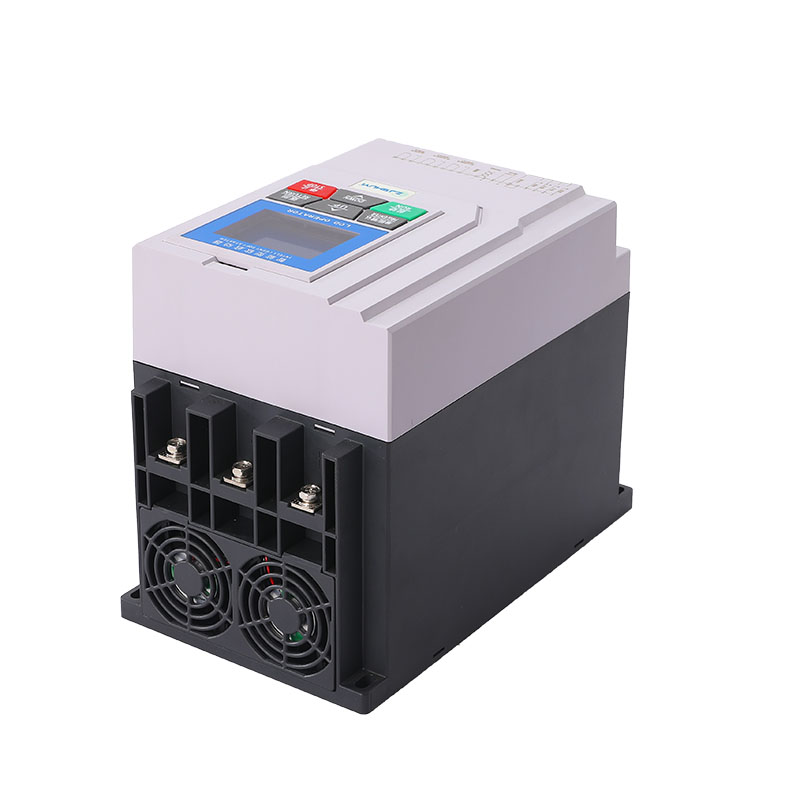
Key Features and Benefits
Built-in bypass soft starters come with several advantages. First, they significantly lower energy consumption during steady-state operation since the bypass contactor carries the full load current. Second, they reduce heat dissipation, which extends the lifespan of the device. Additionally, these soft starters provide compact and integrated designs, saving panel space and simplifying installation. They also offer protection features like overload detection and phase imbalance monitoring, ensuring safer motor operation. These benefits make them ideal for applications such as pumps, conveyors, and fans.
How It Works in Practice
So, how does the built-in bypass soft starter function in real-world scenarios? During startup, the device gradually increases the voltage to the motor, allowing it to accelerate smoothly without sudden jerks or high inrush currents. Once the motor achieves its rated speed, the built-in bypass contactor engages, directing power directly to the motor and bypassing the semiconductor components. This transition happens seamlessly, ensuring uninterrupted operation. The soft starter remains actively monitoring the motor, ready to intervene if any issues arise, such as overloads or voltage fluctuations.
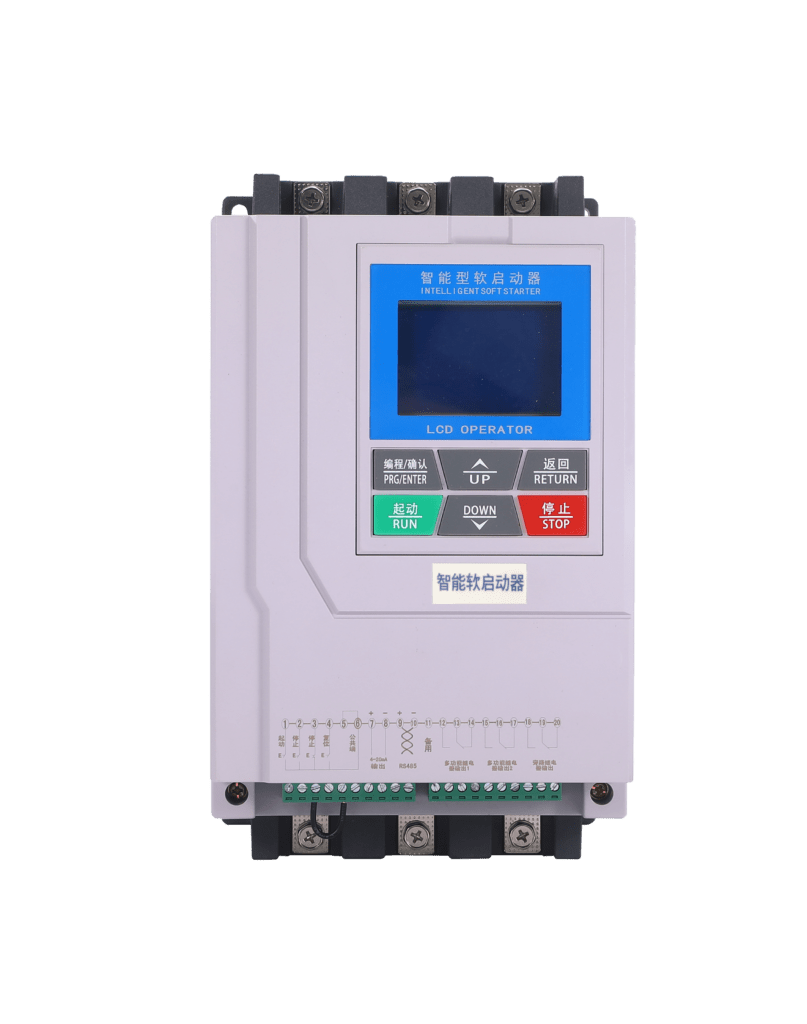
Applications and Why Choose This Solution
Built-in bypass soft starters are widely used in industries where motor longevity and energy efficiency are critical. For example, in water treatment plants, they help control pump motors, reducing water hammer and mechanical wear. In manufacturing, they ensure conveyor belts and heavy machinery start smoothly, minimizing downtime and maintenance costs. Choosing a soft starter with a built-in bypass means opting for a solution that combines smooth acceleration, energy savings, and reliable performance. It’s a smart investment for anyone looking to enhance motor control systems.
In summary, a soft starter works by gradually ramping up motor voltage during startup and then bypassing power directly to the motor at full speed. This approach reduces stress, saves energy, and extends equipment life. If you’re dealing with motor control challenges, this technology might be the perfect fit for your needs.

